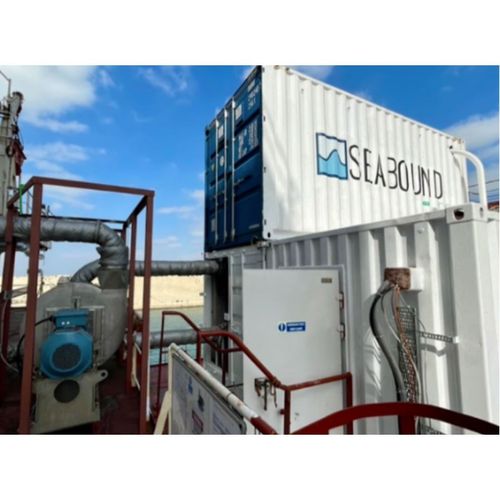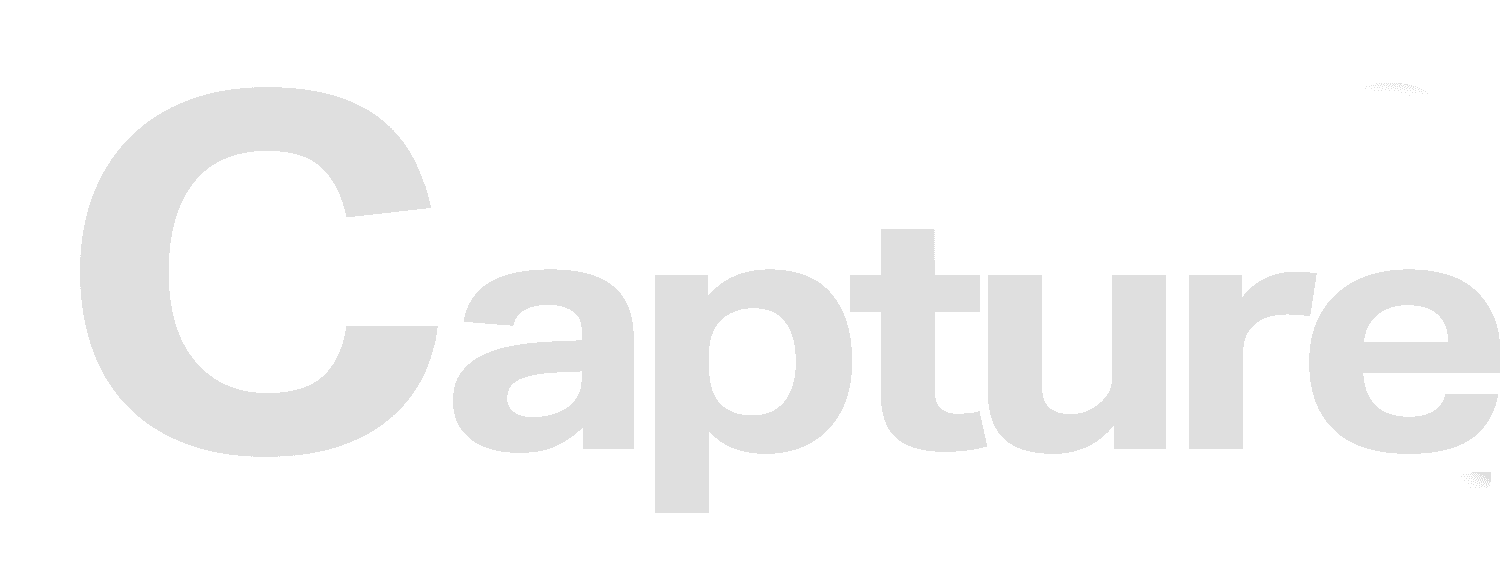Seabound demonstrates potential of carbon capture device on Lomar vessel

Pilot results demonstrate potential of system to capture up to 95% of CO₂ emissions from a ship’s exhaust // PHOTO: lomarlabs
February 15, 2024
BY lomarlabs
Advertisement
Advertisement
Related Stories
Deep Sky Secures First-of-its-Kind Financing with Finalta Capital to Advance Carbon Removal in Canada
Deep Sky has secured an $11 million bespoke credit facility from Finalta Capital to finance its flagship Alpha carbon removal facility in Alberta. Alpha, the world’s first cross-technology carbon removal site, became North America’s first DAC project to sequester CO₂ underground.
Boral Successfully Trials Concrete with Recycled Concrete Aggregates Recarbonated via Carbon Capture from a Cement Plant – An Australian First
Boral has successfully trialed concrete made with recycled aggregates recarbonated via carbon capture technology from its Berrima cement plant. The pilot, supported by the federal CCUS Development Fund, replaced 50% of natural coarse aggregates with recarbonated recycled materials in a low-carbon mix.
Capsol Technologies has been awarded a feasibility study for a European Bioenergy with Carbon Capture and Storage (BECCS) project. The biomass-fired combined heat-and-power plant under evaluation could remove more than 200,000 tonnes of CO₂ annually while supplying renewable heat to local communities.
Chemists at the University of Copenhagen have developed a method to transform PET plastic waste into a powerful new material for CO₂ capture. The material, called BAETA, can absorb carbon emissions efficiently and be regenerated for reuse, offering a scalable, low-energy alternative to existing capture technologies.
Seabound Launches World-First Onboard Marine Carbon Capture Project with Hartmann, InterMaritime, and Heidelberg Materials
Seabound, a UK-based leader in marine carbon capture, has launched a first-of-its-kind onboard carbon capture project in partnership with Hartmann Group ("Hartmann"), InterMaritime Group ("InterMaritime"), and Heidelberg Materials Northern Europe. The captured carbon, bound in limestone and safely stored onboard, will be offloaded at the Port of Brevik, Norway, for use at Heidelberg Materials’ Brevik cement plant.





